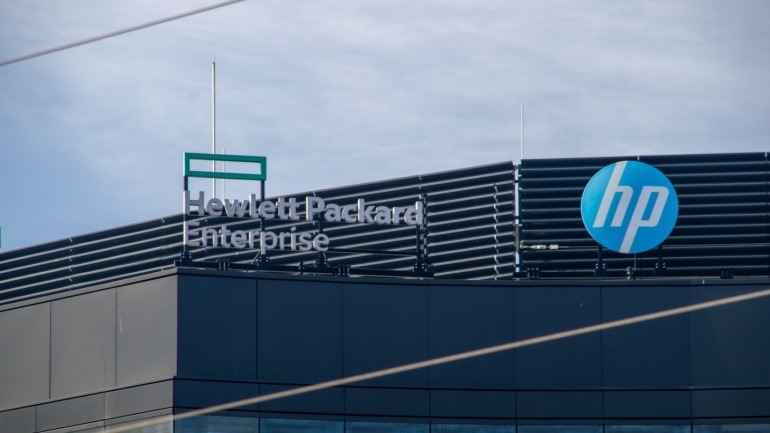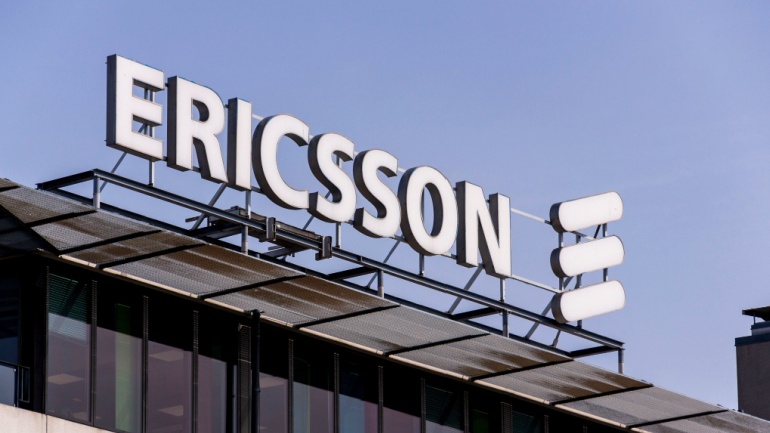Three‘s 5G network now reaches 62% of the UK’s population as of June’s end, showing a slight increase compared to earlier this year. The carrier’s 5G service is available in 656 locations, spanning over 4,900 sites nationwide. This is notable progress from the 4,400 sites recorded at the end of June 2023.
In conjunction with their 5G rollout, Three covers 99% of the UK outdoor population with a combined 3G and 4G network. However, the company plans to turn off its 3G network by the close of 2024. This strategic move aims to channel investments and spectrum resources towards enhancing 4G services and expanding 5G capabilities.
Three’s subscriber base in the UK stands at 10.9 million. The company initially introduced 5G services in August 2019, starting with high-speed 5G broadband in parts of London. Today, its 5G network spans cities such as Birmingham, Manchester, and Glasgow, among several others.
Last year, Vodafone UK and Three UK announced a merger agreement, integrating their operations under a single network provider. Under the terms of this merger, Vodafone will hold a 51% stake in the new entity, while Hutchison Group will own 49%. The UK’s Competition and Markets Authority (CMA) launched an antitrust investigation in January to determine if the merger might substantially reduce competition. This review transitioned into a more in-depth phase 2 investigation in April.
The CMA has expressed concerns that the merger could result in mobile customers facing higher prices and diminished service quality. In May, the UK government provisionally approved the merger, subject to specific conditions.
Robert Finnegan, CEO of Three UK, stated, “Our merger with Vodafone will unlock £11 billion worth of investment in digital infrastructure, creating a best-in-class 5G network for the UK and helping to grow the UK economy.”
The UK mobile landscape consists of four key operators: Vodafone, Three, BT/EE, and Virgin Media O2. Each aims to enhance the nation’s connectivity through ongoing infrastructure investments and strategic expansions.







